PVC Pipes and Fittings
PVC pipes and fittings are commonly used in plumbing, irrigation and drainage systems, for both potable and non-potable water. PVC pipes and fittings are also used for sewage systems, drainage systems, and wastewater treatment plants. PVC pipes and fittings are also used in industrial applications, such as chemical processing, food and beverage processing, and pharmaceutical processing.
Advantages of PVC pipes and fittings
1. PVC pipes and fittings are lightweight, strong, and durable. They are resistant to corrosion, which makes them ideal for use in corrosive environments.
2. PVC pipes and fittings are easy to install, making them a popular choice for DIY projects.
3. PVC pipes and fittings are cost-effective and are available in a variety of sizes, making them suitable for a wide range of applications.
4. PVC pipes and fittings are non-toxic, making them safe for use in drinking water systems.
Disadvantages of PVC pipes and fittings
1. PVC pipes and fittings are not suitable for use in high-temperature applications, as they can become brittle and crack.
2. PVC pipes and fittings are not as strong as metal pipes, and can be easily damaged by sharp objects.
3. PVC pipes and fittings can be affected by ultraviolet (UV) radiation, and may need to be protected from direct sunlight.
4. PVC pipes and fittings may leach chemicals into the water, which can be harmful to humans and animals.
Copper Pipes and Fittings
Copper pipes and fittings are commonly used in plumbing, heating, and cooling systems in residential, commercial, and industrial buildings. Copper is an excellent choice for plumbing systems due to its durability and resistance to corrosion. Copper pipes and fittings are also easy to install and maintain, making them a popular choice for DIY plumbers.
Advantages of Copper pipes and fittings
1. Resistant to corrosion: Copper is resistant to corrosion and rust, which makes it an ideal material choice for plumbing systems.
2. Easy to install and maintain: Copper pipes and fittings are easy to install, making them a popular choice for DIY plumbers. They are also easy to maintain and can last for decades with proper care.
3. Heat resistant: Copper can withstand high temperatures, making it ideal for hot water systems.
4. Durable: Copper pipes and fittings are extremely durable and can last for decades with proper care.
Disadvantages of Copper pipes and fittings
1. Expensive: Copper pipes and fittings can be expensive compared to other materials such as plastic.
2. High thermal conductivity: Copper has a high thermal conductivity, meaning it can transfer heat quickly. This can be a disadvantage in some applications, such as cooling systems.
3. Susceptible to copper theft: Copper is a valuable material and is often targeted by thieves. This can be a problem in areas where copper theft is common.
PEX Pipes and Fittings
PEX is a flexible and durable material that is often used for plumbing. PEX fittings are used to connect the pipes together. They are used for hot and cold water distribution, radiant floor heating, snow melting, fire suppression systems, and other chemical transportation systems.
Advantages of Copper pipes and fittings
1. PEX pipes and fittings are durable and resistant to corrosion, cracking, and freezing.
2. They are flexible and easy to install, which reduces the need for costly and time-consuming labor.
3. PEX pipes are energy-efficient and provide better insulation than metal pipes.
4. PEX pipes are more affordable than other piping materials.
5. PEX pipes and fittings are resistant to chemicals and won't be damaged by water with a high mineral content.
Disadvantages of Copper pipes and fittings
1. PEX pipes and fittings are not suitable for outdoor use, as they can be damaged by UV radiation.
2. They can be damaged by prolonged exposure to high temperatures.
3. PEX pipes and fittings are not as strong as metal pipes, so they cannot be used for high-pressure applications.
4. PEX pipes and fittings are not compatible with certain types of fittings and valves, as they may not form a tight seal.
Galvanized Steel Pipes and Fittings
Galvanized steel pipes are used for plumbing applications. Galvanized steel fittings are used to connect the pipes together. Galvanized steel pipes and fittings are widely used in various industries such as construction, shipbuilding, automotive, petrochemical and so on. They are suitable for applications such as water, gas, steam, oil, air and other general purpose applications.
Advantages of Galvanized Steel Pipes and Fittings
1. Galvanized steel pipes and fittings are highly corrosion-resistant, which ensures longer service life and better performance.
2. They are easy to install and maintain since they require less effort and time.
3. Galvanized steel pipes and fittings are cost-effective and provide excellent value for money.
4. They are lightweight and durable, which makes them ideal for use in high-pressure applications.
5. The galvanized coating provides additional strength and protection against wear and tear.
Disadvantages of Galvanized Steel Pipes and Fittings
1. Galvanized steel pipes and fittings are not suitable for use in applications that require high temperatures.
2. The galvanized coating may chip off over time, exposing the steel to corrosion.
3. Galvanized steel pipes and fittings are prone to rusting if not properly maintained.
4. Galvanized steel is not suitable for use in extremely acidic or basic environments.
ABS Pipes and Fittings
ABS pipes and fittings are commonly used for plumbing applications in residential and commercial settings. They are most often used for drain, waste, and vent systems that require corrosion and chemical resistance. In addition, ABS pipes and fittings are also suitable for use in electrical conduit and above-ground sewer and drain lines.
Advantages of ABS Pipes and Fittings
1. ABS pipes and fittings are lightweight, flexible, and easy to install, making them an ideal choice for a wide range of residential and commercial applications.
2. ABS pipes and fittings are resistant to corrosion and chemicals, making them an ideal choice for a wide range of applications.
3. ABS pipes and fittings are relatively inexpensive and offer a good value for the money.
4. ABS pipes and fittings are durable and have a long lifespan.
Disadvantages of ABS Pipes and Fittings
1. ABS pipes and fittings are not suitable for hot water applications, as they can soften and become deformed if exposed to temperatures higher than 180°F.
2. ABS pipes and fittings are not suitable for outdoor use, as exposure to UV light can cause them to degrade over time.
3. ABS pipes and fittings are not suitable for high-pressure applications, as they can become brittle and crack under excessive pressure.
The above are the 5 kinds of water pipes and fittings that we commonly see in our daily life. They all have advantages and disadvantages and suitable application scenarios. If you want to know other knowledge and information about water pipes and fittings, you can always pay attention to our website, or you can contact us directly.

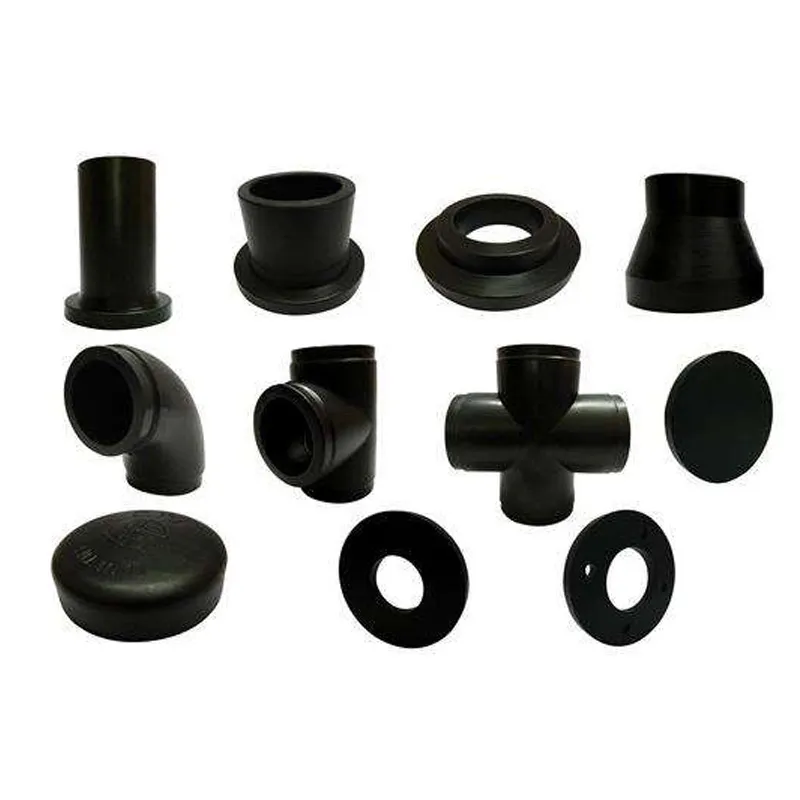
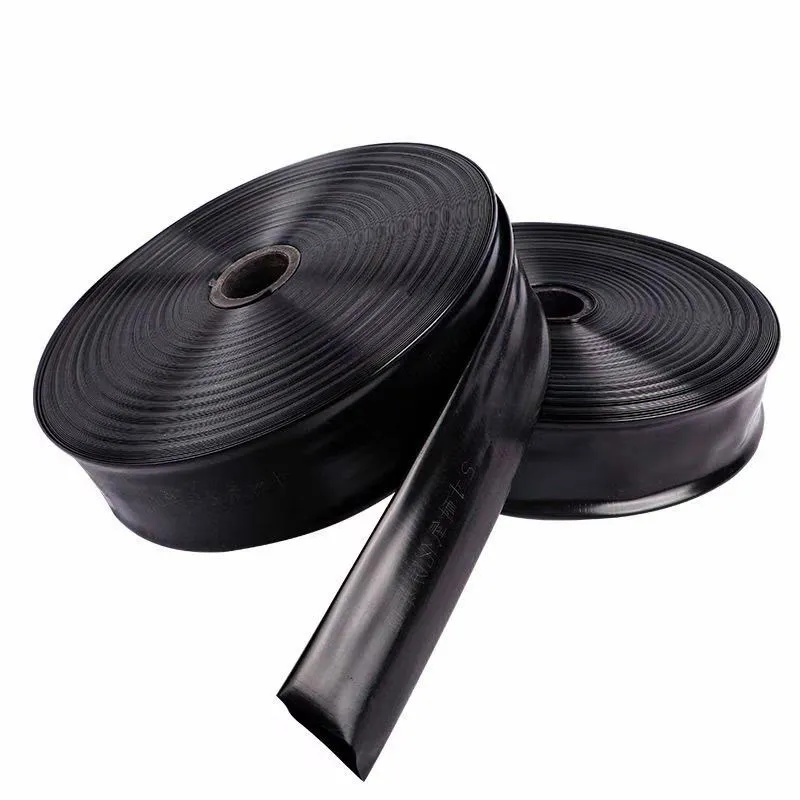
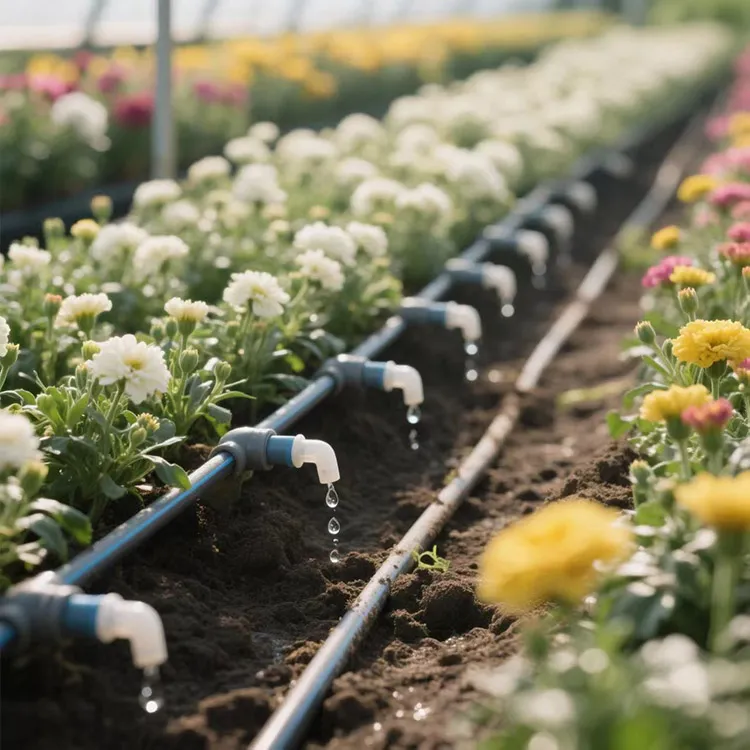
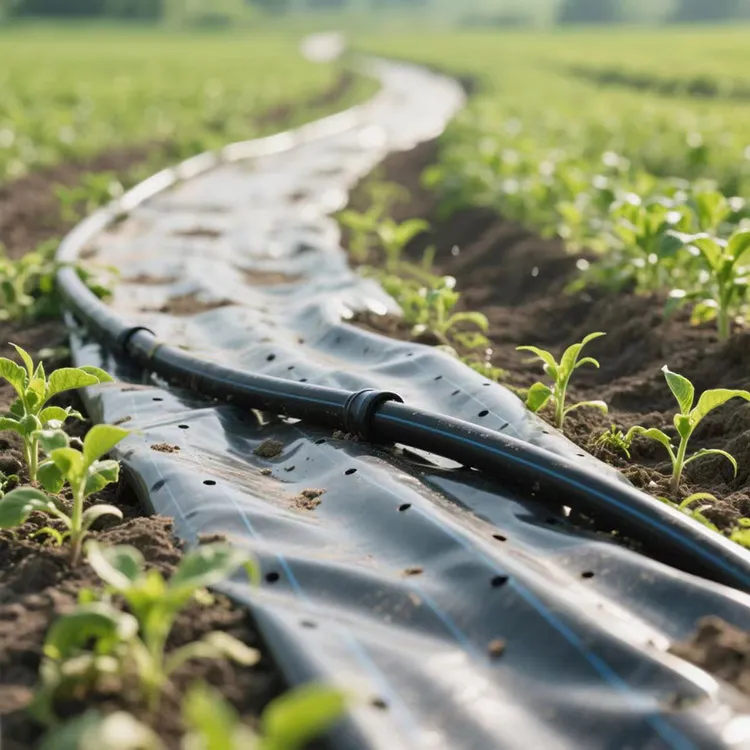
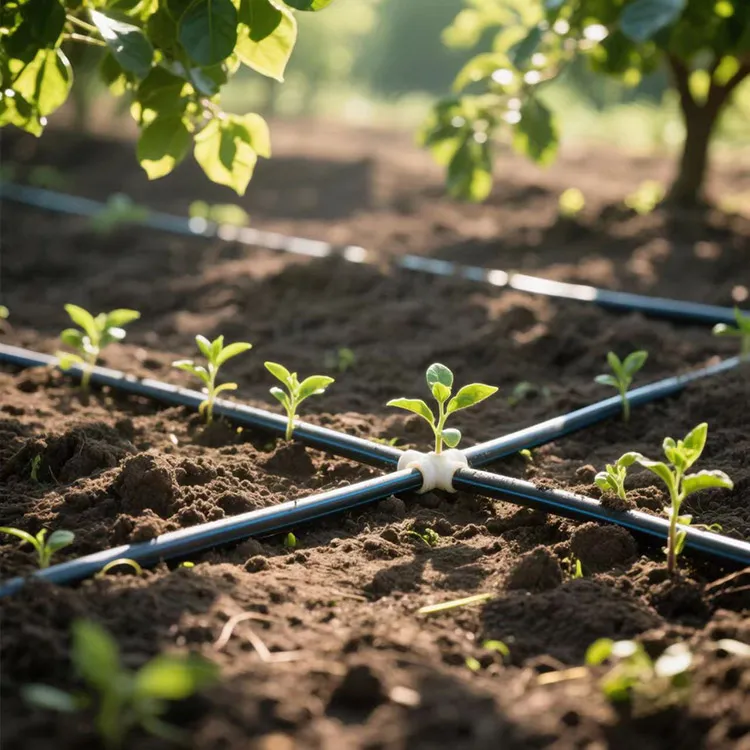
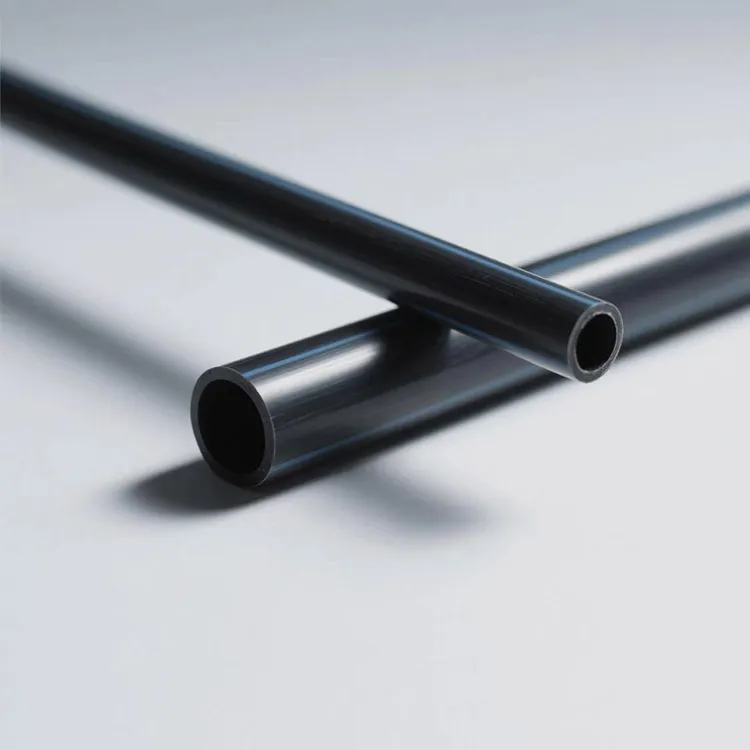
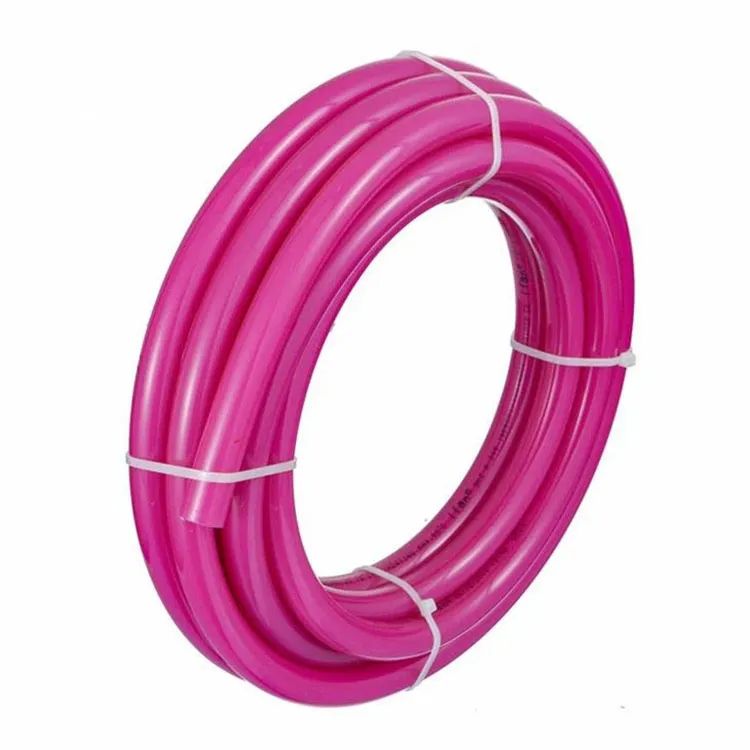
294.webp)
476.webp)
420.webp)
146.webp)
460.webp)
287.webp)
274.webp)


